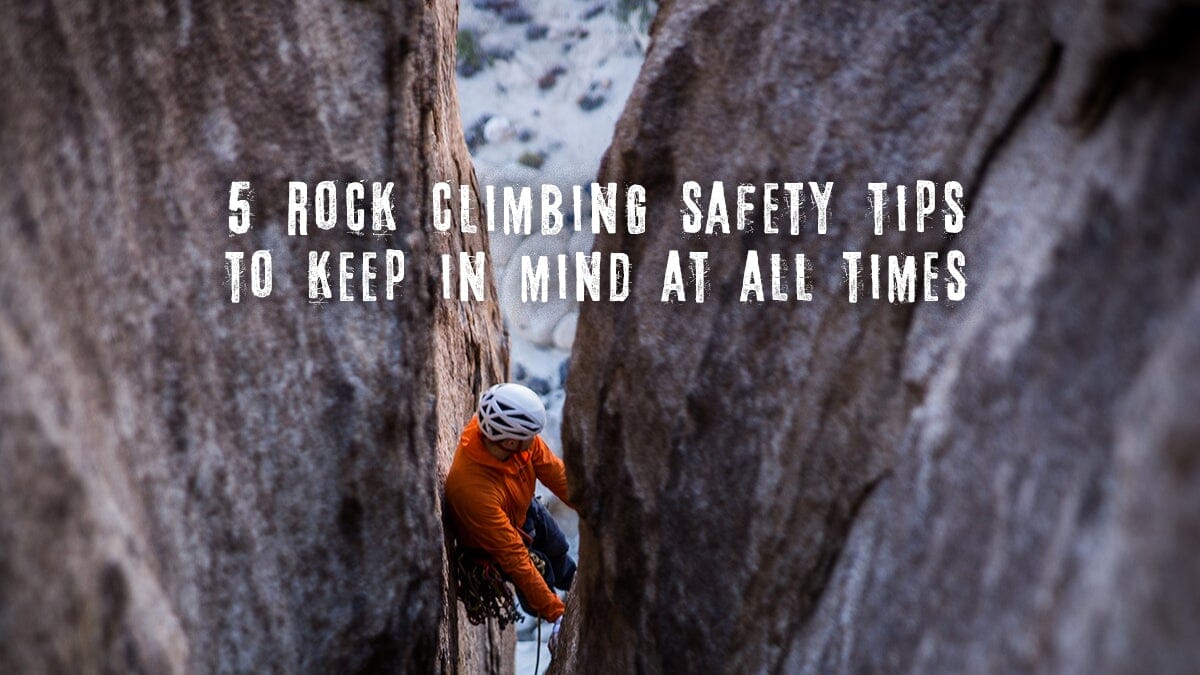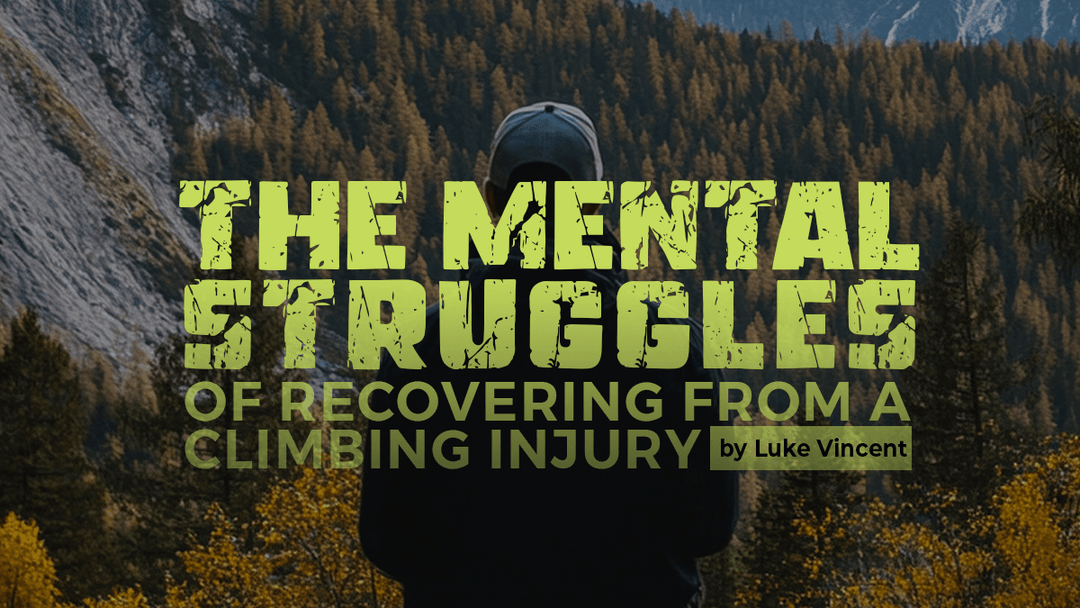5 Rock Climbing Safety Tips To Keep In Mind At All Times

An estimated 25 million people enjoy the rush of rock climbing around the globe every single year.
And why not? Rock climbing is a sport that not only challenges your body physically but works you mentally and will satiate your burning need for adventure!
While rock climbing is a safe activity when appropriately trained and practiced correctly, the average climber will still experience about one injury per 1000 hours of climbing.
That ratio is excellent in comparison to many other sports but still, many of the injuries, especially the fatal ones, can be avoided by exercising proper climbing safety.
Are you ready for your next climbing adventure? These tips can save your life and help you avoid getting stuck during your trip.
Five Safety Tips to Always Remember
1. Wear a Helmet
If you’re a “trad climber” you’re probably accustomed to wearing a helmet. For whatever reason though, sports climbers are substantially less likely to strap on a helmet consistently.
Why? We’re not sure.
Sports climbers still run the same risk of slamming against a rock face, flipping upside down or encountering the occasional loose rock. Therefore, no matter what kind of climber you are, always make it a point to protect your head.
2. Check your Knots and Belay
When belaying, you always need to check and double check that your rope is threaded through your belay device correctly. Also, you’ll want to make sure your carabiners are locked.
When climbing, you’ll want to double check that your knot is secure, tied right, and is as tight as possible. You’ll also want to make sure it’s threaded through your harness correctly.
Getting into the habit of double checking everything is a must if you want to stay safe.
3. Don’t Overestimate Your Skill Level
Climbing can give you a rush that makes you feel like you can conquer the world. While we love the world of rock climbing for that reason, that sense of confidence also leads to a lot of climbing safety issues.
Always be conservative with your abilities and never push yourself beyond safety limits.
4. Communicate Before Ascending
When you’re climbing with a partner, your both being on the same page before you leave the ground is crucial to maintaining climbing safety. For example, you should know if you’re lowering off draws, planning to rappel, etc. before you get up to your anchors.
Also, have contingency plans in place should common climbing issues arise during your ascent.
Not communicating and then having difficulty communicating when your voices are drowned out by a noisy highway or body of water can be disastrous.
5. Watch Out for Falling Rocks and Debris
If you’re climbing during rainy seasons, there’s good chance water will loosen rocks and create conditions where rocks and debris will fall to the ground. Because of this, it’s crucial that you always locate your belay spots in sheltered areas when possible.
Also, orient your hangout spots away from slab-like or vertical cliffs.
Wrapping Up Tips to Ensure your Climbing Safety
Rock climbing, contrary to many people’s assumptions, is an extraordinarily safe activity. That being said, like all activities, climbing has safety concerns you need to stay mindful of.
To get started ensuring your climbing safety, consider the tips we’ve listed above. Each of them will help you circumvent deadly mistakes while climbing.
For more of the best tips on climbing and to get the best climbing gear, dive deeper into Butora.
At Butora, we have combined decades of climbing experience into making industry standard climbing shoes and other gear that will make your next climb safer and more comfortable!
Browse our catalog or check out our local retailers and start taking your climbing passion to the next level with Butora gear today.




